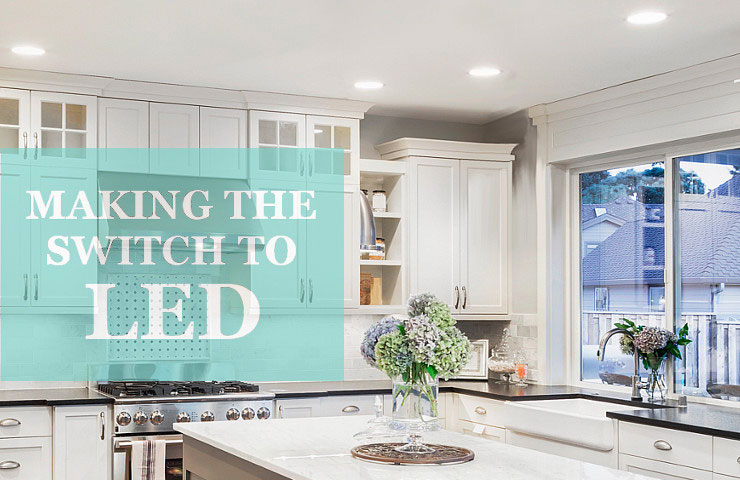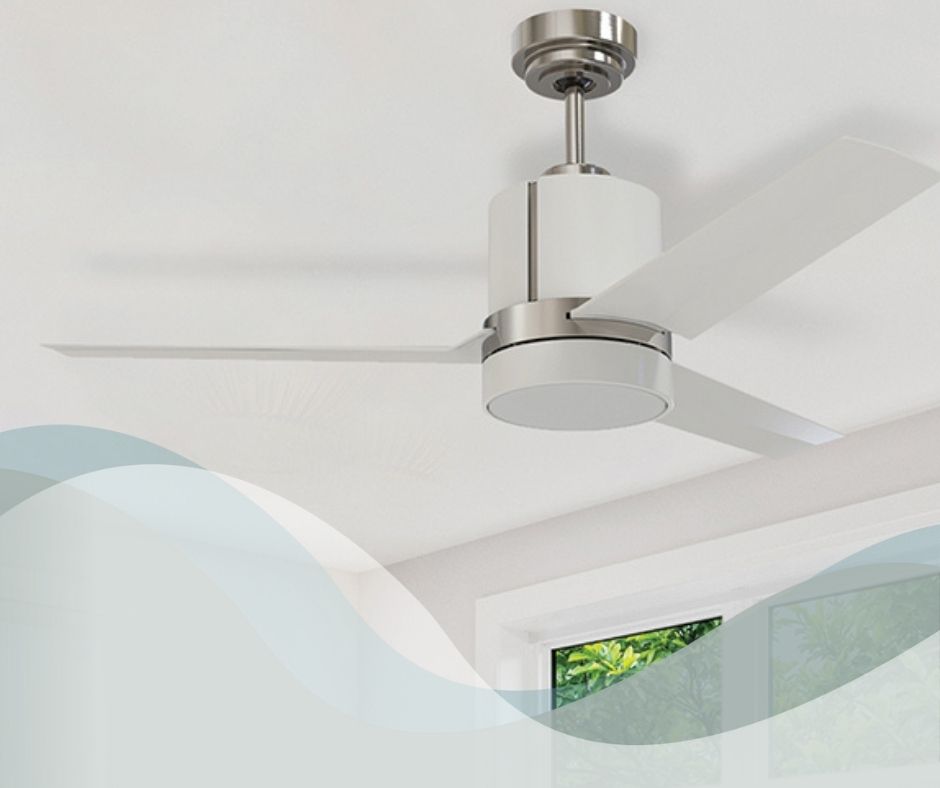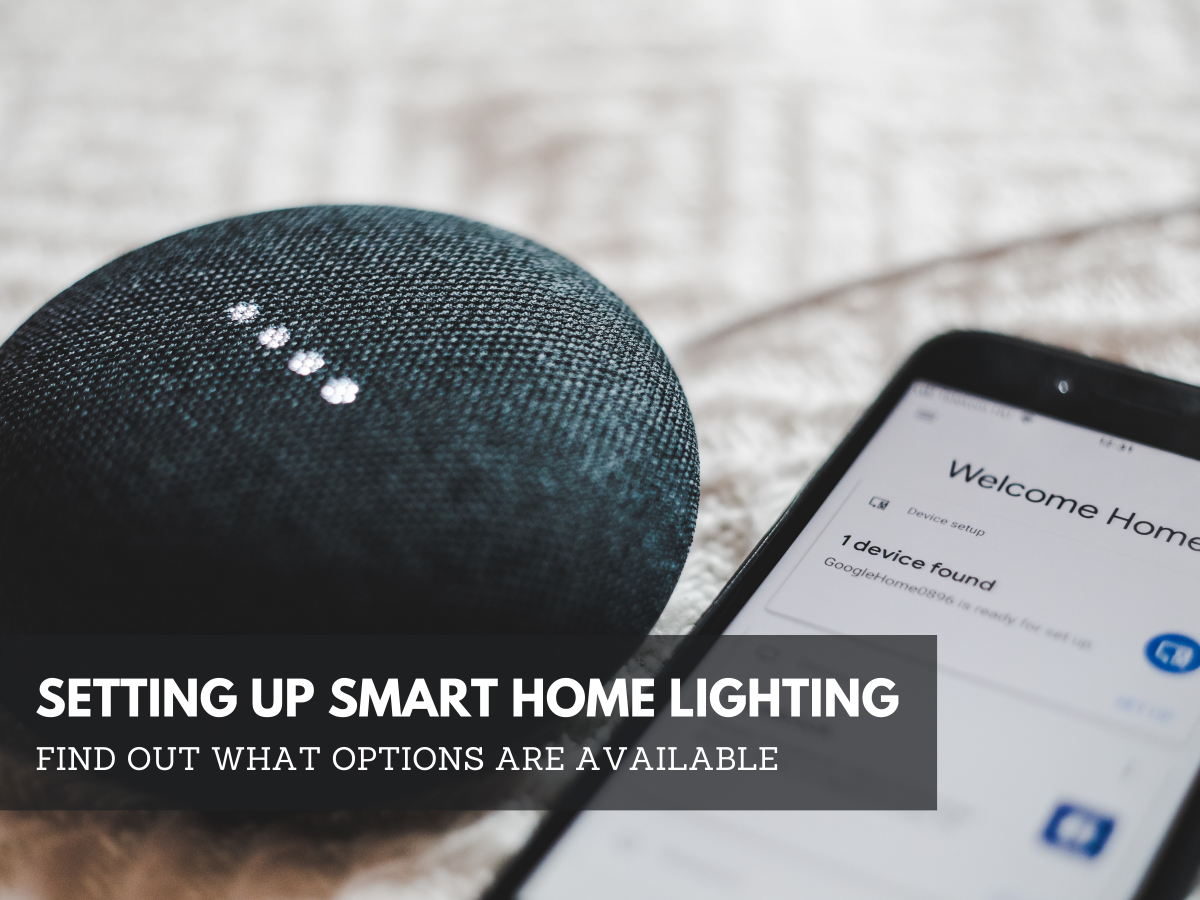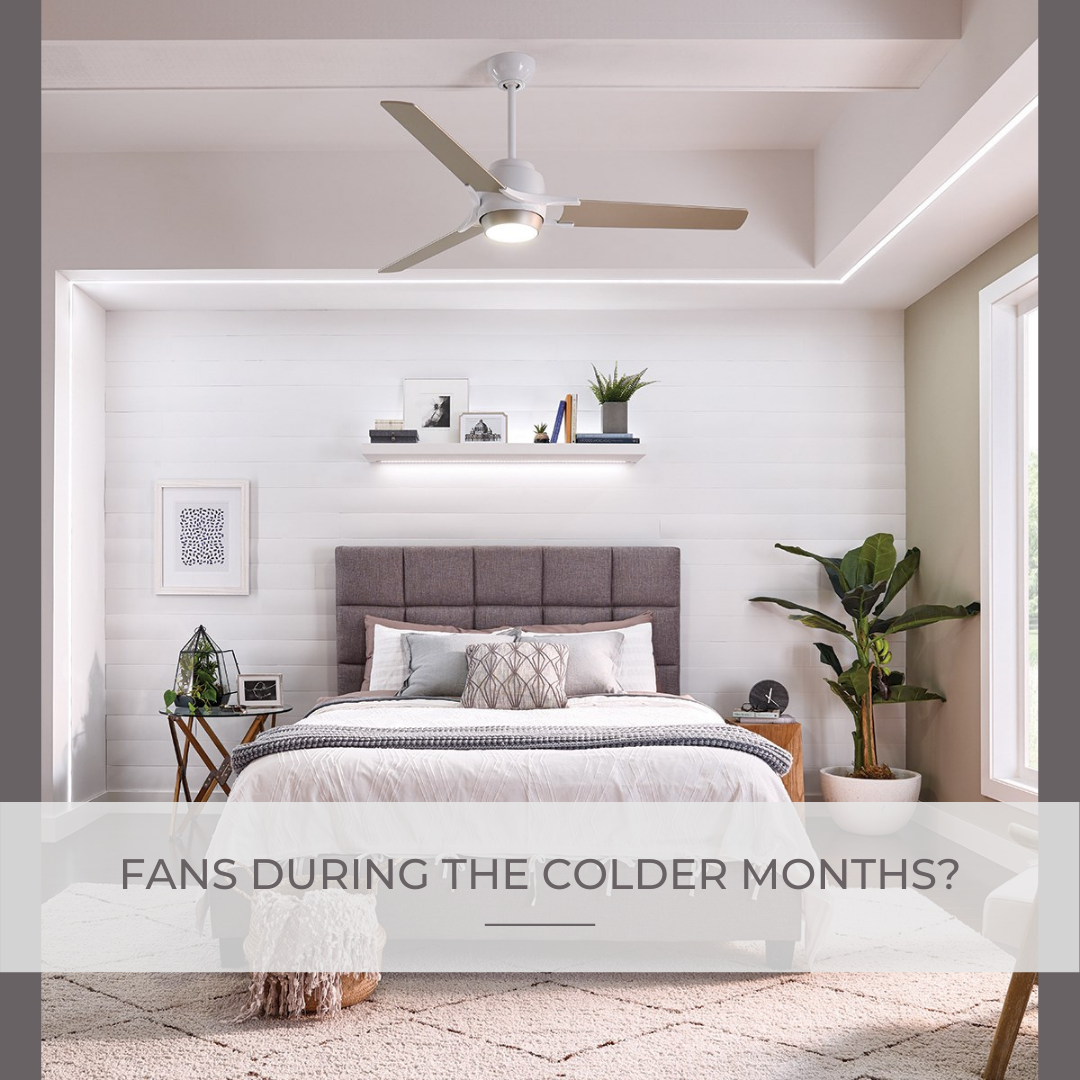
MAKING THE SWITCH TO LED
Everyone has heard over the past years how LED’s have a positive effect on the environment, or how LED’s can help save households money in the long run. But not everyone is sure on how to make the switch to LED. Here are a few things to consider:
WATTS VS. LUMENS
When switching over from an incandescent bulb to an LED, it is important to remember that they are measured differently.
What is the difference?
Incandescent bulbs are measured in watts, while LEDs are measured in lumens.
Watts measure the amount of energy needed to produce an output of light. A higher wattage indicates a brighter bulb, and thus requires more energy to produce the intensity.
Lumens measure the amount of light output rather than measuring the amount of energy.
What to do:
Determine the wattage of your current incandescent bulb and reference the chart below by ENERGY STAR®. The chart shows the amount of lumens needed to produce the same output of light as an incandescent bulb.

COLOUR TEMPERATURE
Colour is another important aspect of LED bulbs that can really affect the overall feel and look of a space. The colour output of an LED is measured in Kelvin temperature (K).
What is Kelvin Temperature?
Kelvin temperature ranges from warm (2700K) to cool (5000K). The higher the Kelvin temperature the more blue/white the colour output will be, and the more it will resemble daylight. The lower the Kelvin temperature, the colour output will appear more yellow, and the more it will resemble the look of candle lighting.
What to do:
Colour temperature is something personal, which means what might be appropriate for one person might not be for another person. However, to narrow down your choices, consider the mood, functionality, and decor of the room when deciding on colour temperature.
For instance, a 2700K (warm white) LED might be used for a bedroom or dining room because it has a warmer output of light that gives off an intimate and comforting ambience.
Whereas, a 3000K (soft white) LED might be used in a bathroom or kitchen, since it gives off a bluish tone that will make a space appear brighter or clean which is important for task oriented spaces.
Decor can also influence what you decide to use in a space. You might have certain furniture, wallpaper, or flooring that look better under certain colour temperatures instead of what is typically used. For instance, a 2700K (warm white) LED might be an ideal choice for a living room to give off a comforting ambience but if your furniture is white, it might not look as crisp and white.

Colour Temperature Example by Standard Lighting
DIMMING AN LED
Some homeowners already have dimmers for their incandescent bulbs, and often think it will work similarly with a new LED. When the dimmer is not compatible with the LED, you will often notice “flickering,” and the lifespan of the LED will significantly decline.
What to do:
LED packaging will often indicate if it is dimmable, but never hesitate to ask a Lighting Specialist if the LED will work with your existing dimmer, or if you will require a new dimmer that is compatible with LED.
APPEARANCE OF LED VS. INCANDESCENT
LEDs will have a similar base as it’s incandescent counterpart, but the design of an LED might be slightly larger.
What to do:
When making the switch, bring your existing bulb to see whether there is a significant size difference that will affect how it looks on your portable lighting or fixture.
EVALUATION
Everyone wants to know the real value of LEDs. On ENERGY STAR® Certified bulbs,the estimated energy saving will often be indicated on the packaging.
When calculating on your own, consider this formula:

WATTS SAVED– The difference between Incandescent Watt and the new LED Watt
HOURS OF OPERATION– Determine the approximate hours it will be used per year. (hr/yr)
ENERGY RATE – Identify Energy Rate for your area, which can be found on your monthly bill (kWh).
For more information on LEDs, contact or visit our showroom. Our Specialist are always happy to help and guarantee quality products at the right price!



